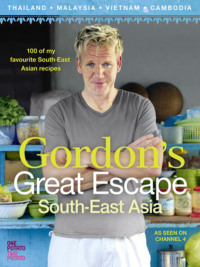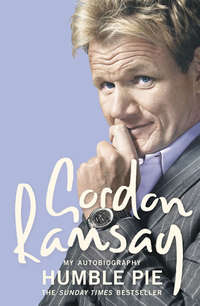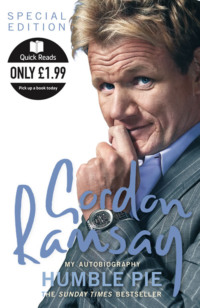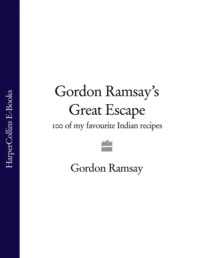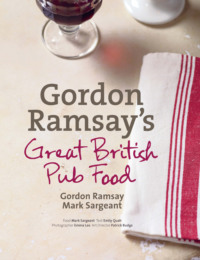
Полная версия
Gordon’s Great Escape Southeast Asia: 100 of my favourite Southeast Asian recipes


Gordon’s Great Escape Southeast Asia
Photographer Emma Lee Text Gordon Ramsay and Lauren Abery
Art Director Patrick Budge Food Stylists Lauren Abery and Lisa Harrison
Home Economist Lisa Harrison Props Stylist Emma Thomas

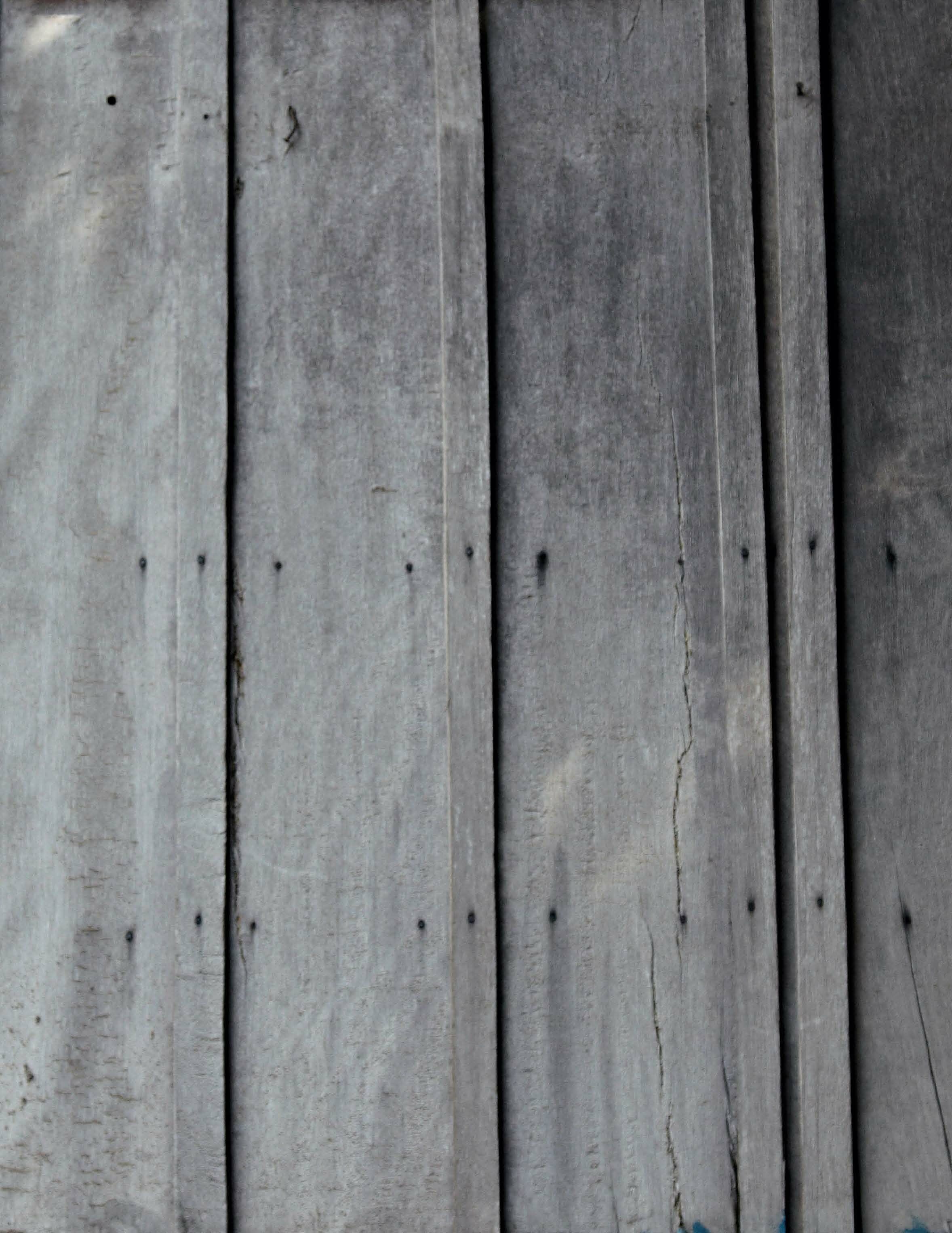

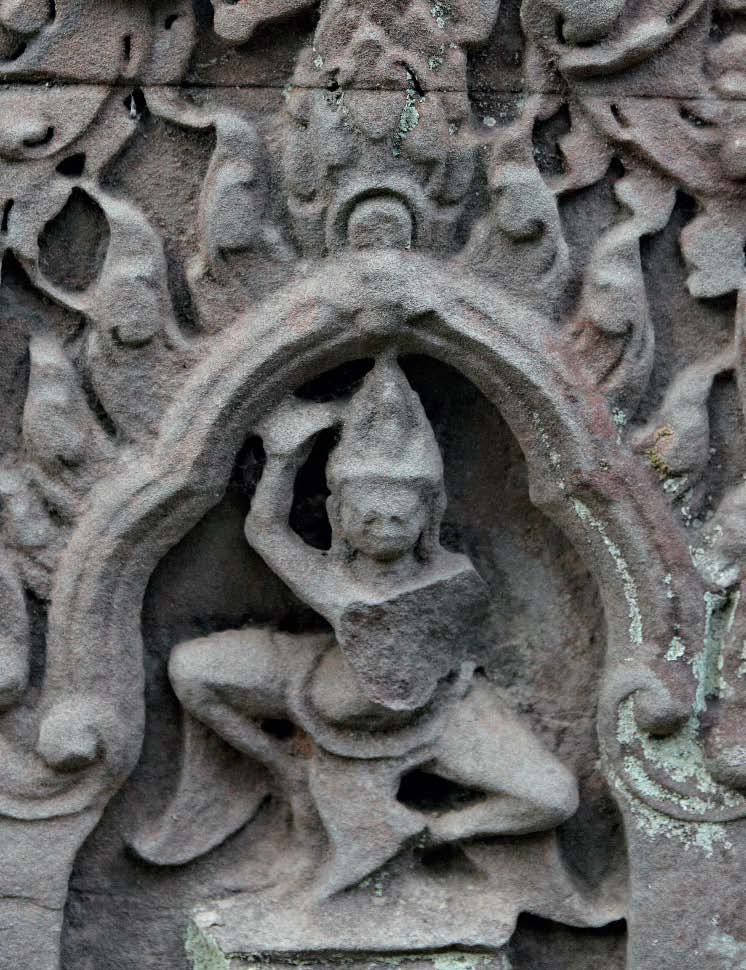
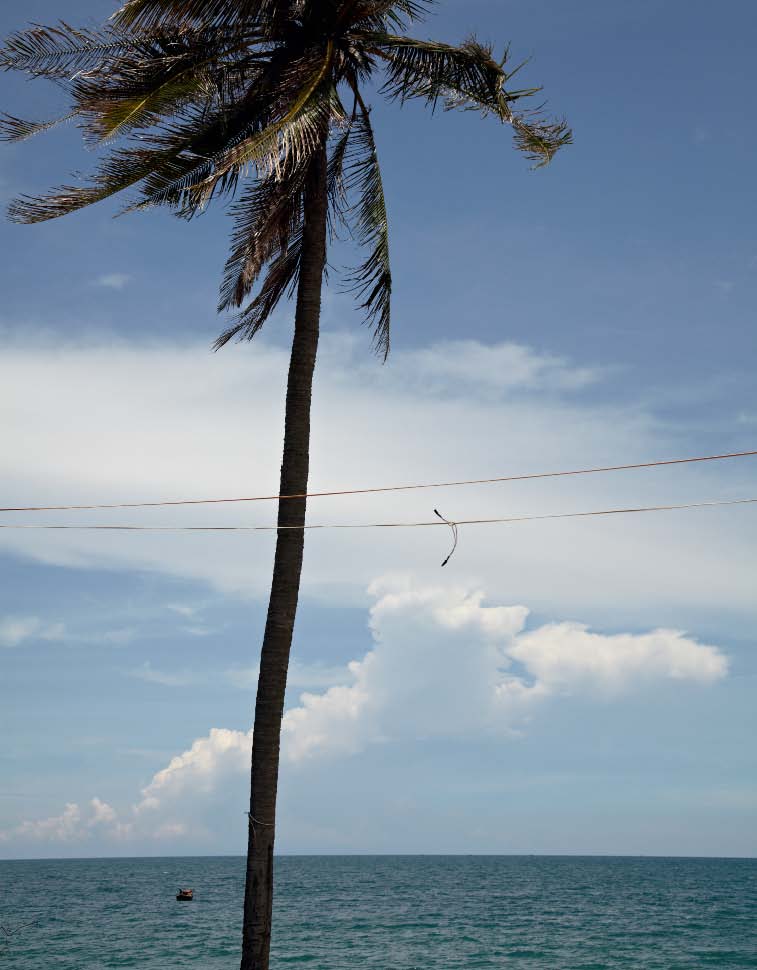
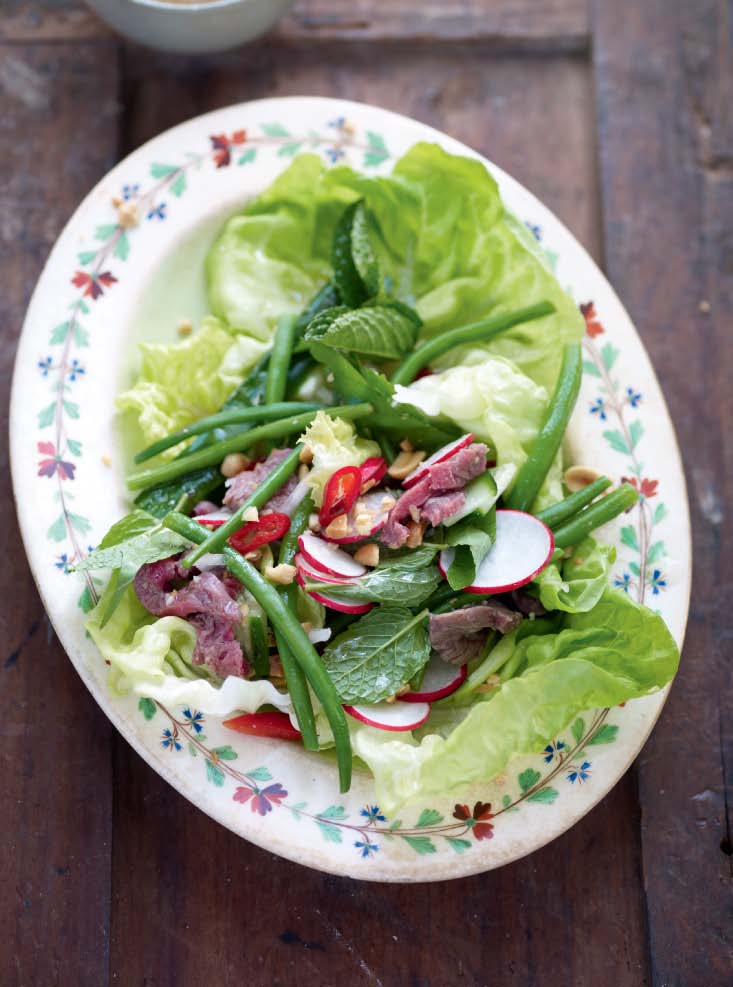
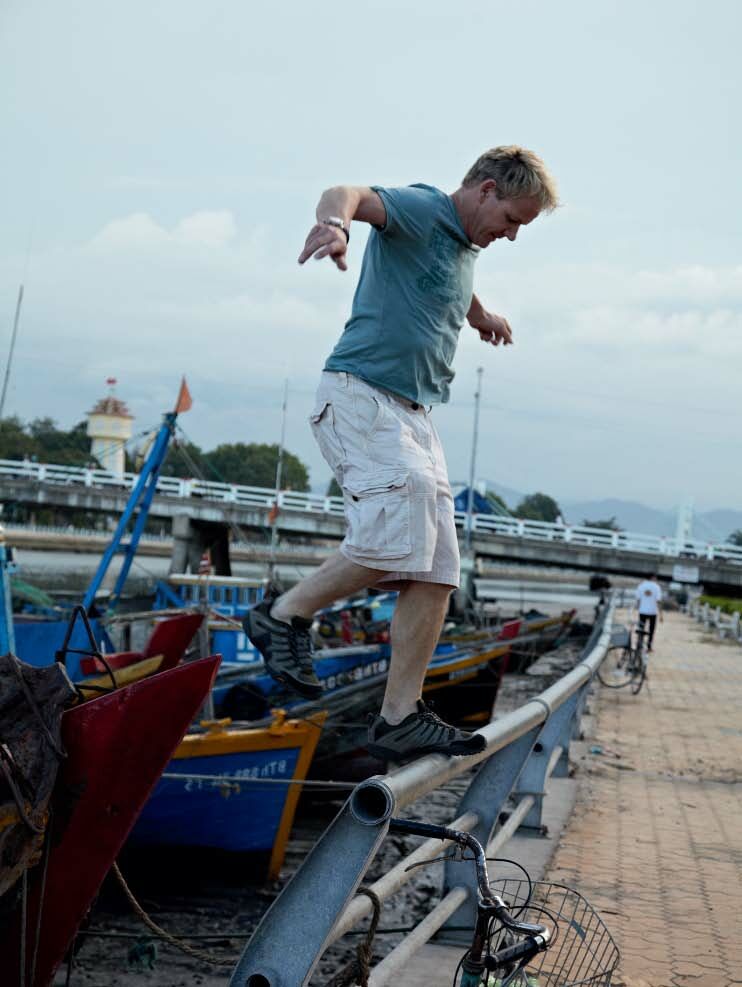




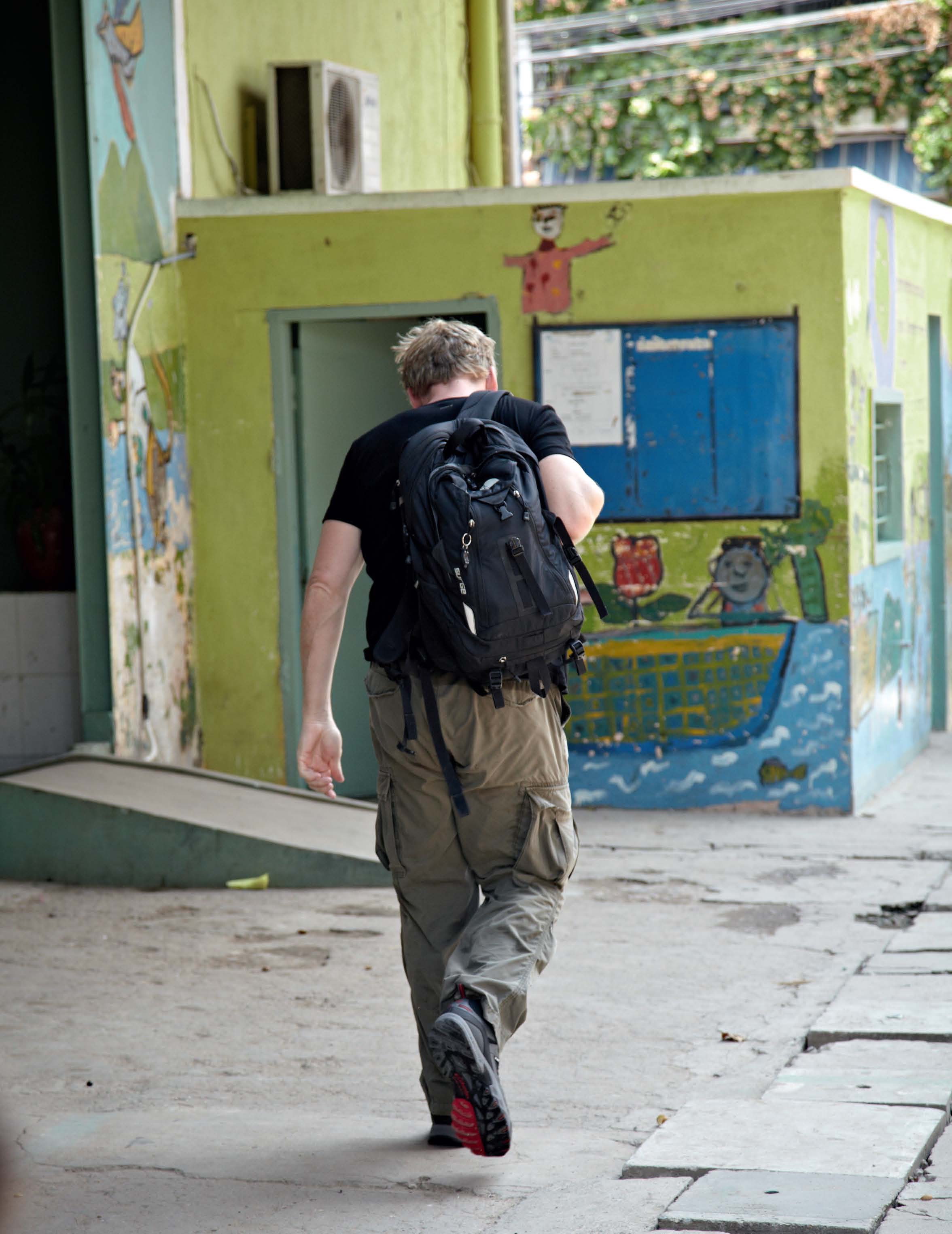
Contents
Cook’s notes
Introduction
Snacks/appetisers
Salads
Soups
Stir-fries
Curries
Fish
Meat
Desserts/drinks
Basics
Searchable Terms
Acknowledgements
Copyright
About the Publisher

Cook’s notes
Spoon measures are level, unless otherwise specified:
1 tsp is equivalent to 5ml; 1 tbsp is equivalent to 15ml.
Use good-quality sea salt, freshly ground black pepper and fresh herbs for the best flavour.
Use large eggs unless otherwise suggested, ideally organic or free-range. If you are pregnant or in a vulnerable health group, avoid dishes using raw egg whites or lightly cooked eggs.
Individual ovens may vary in actual temperature by 10°C from the setting, so it is important to know your oven. Use an oven thermometer to check its accuracy.
Timings are provided as guidelines, with a description of colour or texture where appropriate, but readers should rely on their own judgement as to when a dish is properly cooked.
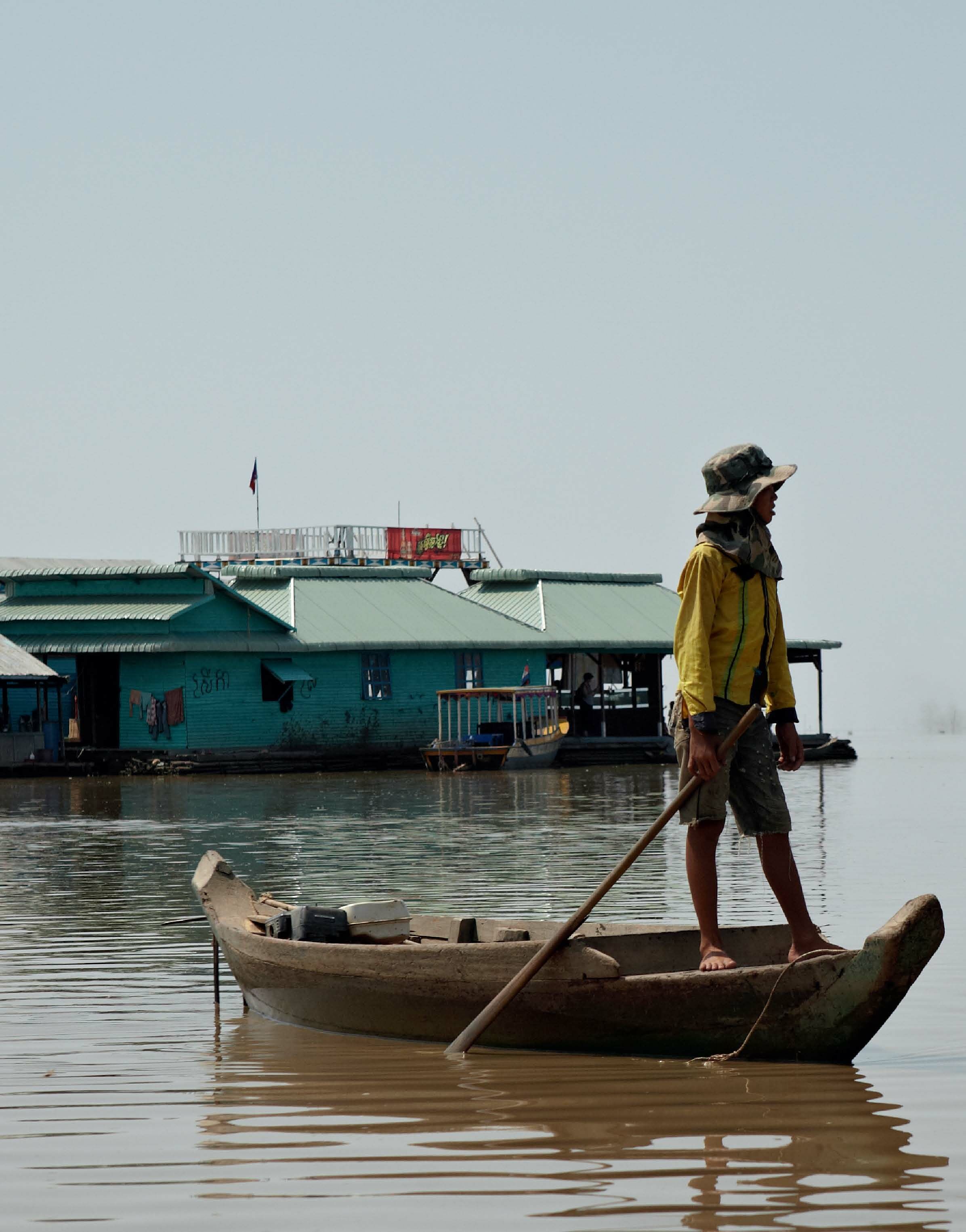
Introduction
About 20 years ago, in my early days as a commis chef, I remember someone handing me this weird-looking stalk, which I soon learned was lemongrass. I was excited to discover an unfamiliar ingredient – what did it taste like, where did it come from, were there more like this? That day taught me that as a chef you never stop learning, a lesson that holds true today. While I felt confident cooking French cuisine, I was yet to discover the ingredients, flavours and cooking techniques of places further afield. On my first Great Escape to India, I found that the best way to understand the food of another nation is to experience it in the country itself. For my second Great Escape my taste buds were in for an unforgettable rollercoaster ride as I set off on a pilgrimage to experience the culinary delights of not one country but four: Thailand, Cambodia, Vietnam and Malaysia.
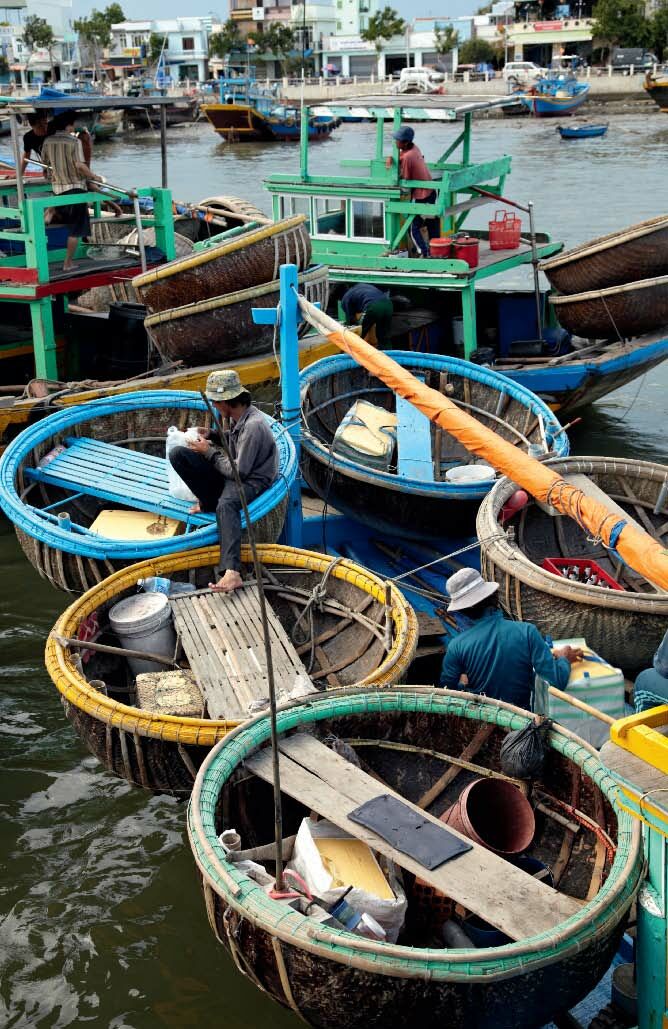

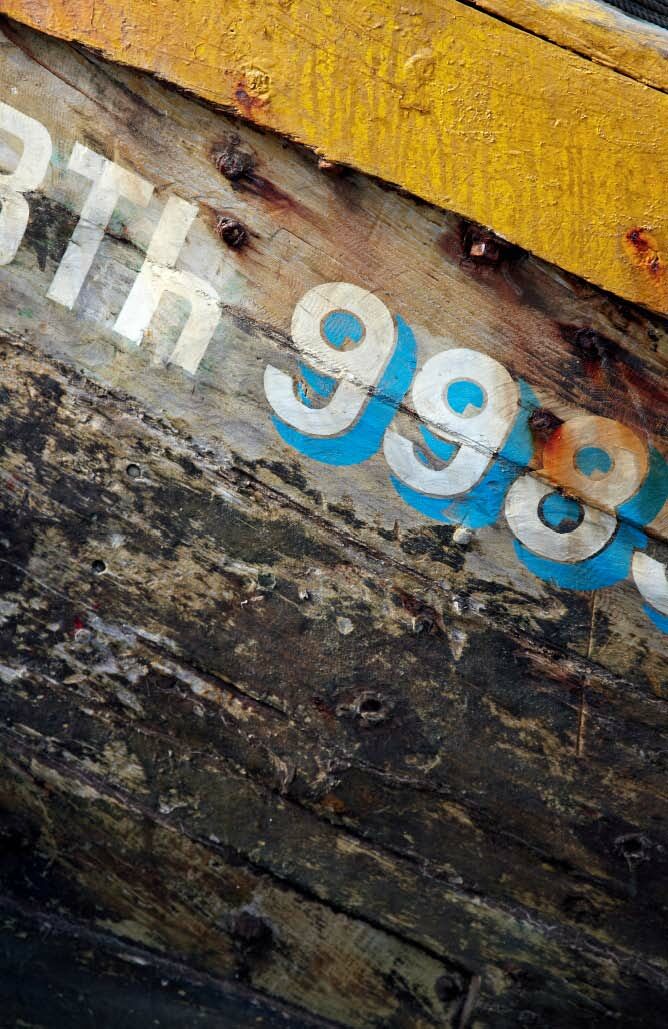
Thailand
Of the four countries on my itinerary, Thailand was the nation and cuisine I was most familiar with because I had visited it on a family holiday. I knew that at the forefront of Thai food is the creation of balance of sweet, sour, spicy, bitter and hot flavours, and that it has more to offer than the Thai green curries and Pad Thais that the West have adopted. It has long been said that some of the best food in Thailand can be found on the streets – and I have to agree. There is no shortage of street sellers, whose wares vary from barbecued chicken (Gai yang, Meat), green papaya salad (Som tam, Salads), deep-fried shrimp (Coconut prawns, Snacks/appetisers), to drinks. A successful street stall can, indeed, be more popular than a restaurant.
As in any country, Thai dishes vary from region to region. In Southern Thailand the food is spicy (they love cooking with chillies and some dishes will blow you away), but in this region you will also find lots of salads (like the Kao Yum) and, due to its close proximity to the sea, fish plays a major part in the diet. On my travels I ventured into a small village about one hour south of Ao Nang, where I spent the afternoon oyster fishing and was then taught some local dishes by a villager and expert called Ya. She spent hours creating the different curry pastes, but after all that effort I was relieved to see that each dish then took only moments to prepare – such as the Khanom jeen (Curries) and Prawn and stink bean stir-fry (Stir-fries).
My journey then took me from the south to the north, as I travelled to Chiang Mai, one of the largest and most cultural cities in Thailand. It was there that I discovered the culture of Buddhist monks; in Thailand, Buddhism is the majority religion and you will often see monks going about their daily duties in their bright orange robes. Every day at around 6am the monks take to the streets, barefooted and carrying urns in which they collect food offerings from locals. Entering orders means you have to erase any ego and give up your worldly possessions, including money, so you rely on handouts to survive. One morning I removed my shoes and walked the pavements with the monks as their assistant; we were given mangoes, sticky rice, dried goods, meat, nuts and so much more. I am the first to admit that I am not a religious person, but I did find the generosity of the community astounding.
It is inevitable that with Buddhism playing such a large role in the lives of the Thai people, food has become interwoven with the religion. One of my favourite dishes that I discovered in Thailand was one I helped cook for a Buddhist house blessing; it was the Gaeng hung lay curry (Curries) which is traditionally served to monks at such ceremonies.
Cambodia
Often just viewed as the country in between Thailand and Vietnam, for me Cambodia is the forgotten kingdom. As a country that has gone through so much hardship – suffering genocide during the reign of the Khmer Rouge, occupation by the Vietnamese and subjected to military coups – Cambodia is finally on a slow path to recovery.
There is a charm about Cambodia; it feels to me how perhaps Thailand would have been over 15 years ago, before the arrival of mass tourism and consumerism. Arriving by plane, flying over field after field, the vastness of this country quickly became apparent. It is estimated that around 2 million people died during the genocide of the Khmer Rouge, while many others are thought to have died from starvation, and so many of the brave people I met on my travels round this country had stories to tell of those painful years. As the Khmer Rouge attempted to rewrite Cambodian history – to begin it again from the start of their rule – they destroyed all the literature and documentation they could find, including traditional family recipes and most food publications and cookbooks. As a result the country has had to develop a cuisine and a culture all over again since the collapse of the regime. I found it strange to be in a country that, in the twenty-first century, is still trying to establish its cuisine.
The biggest difference in Cambodian attitudes to food compared to the other countries I visited during this Great Escape, is that for many food is just sustenance. The ingredients used in Cambodian cooking are similar to those of Thailand and Vietnam, but the food is less spicy and more rustic. Cambodians have learnt how to make use of sources of flavour and protein that other countries avoid – from insects to unusual herbs, flowers and fruits. As a chef I have sampled many different foods, but in Cambodia I chewed my way through tarantulas, duck-egg foetus, crocodile, frogs and various insects. Travelling between the cities and villages, there is a big divide between the peasant food of the countryside, which lacks fresh spices and meat, to the upmarket city food that uses an array of ingredients, including imported goods.
My Cambodian journey began in the northern city of Siem Reap, famous for the Angkor Wat, built in the twelfth century but still the world’s largest religious building. It was here that I learnt to cook traditional Cambodian dishes such as Fish amok (Fish). In the southern city of Phnom Penh I met an inspirational Cambodian chef called Luu Meng; he is paving the way for Cambodian cuisine as part of a new generation of innovative, creative chefs who are making it their mission to rediscover ancient Khmer cuisine. To find new inspiration, Luu regularly takes trips to the villages to seek out traditional recipes and also to see how people are cooking now. Taking my cue from Luu Meng, I travelled off to the jungle to be a guest at a tribal wedding, and this was the inspiration for the Khmer wild honey-glazed roast chicken (Meat) and Chocolate-covered toasted rice sticky squares (Desserts/drinks).
I haven’t even touched on my time in the charitable street kids organisation in Phnom Penh, cooking for Cambodian royalty or visiting a floating village; it is impossible to relate everything that happened on that action-packed trip! I left Cambodia with a real sense of the place; the people were friendly and warm and the experience left me excited to see how their cuisine and their country evolves over the coming years.
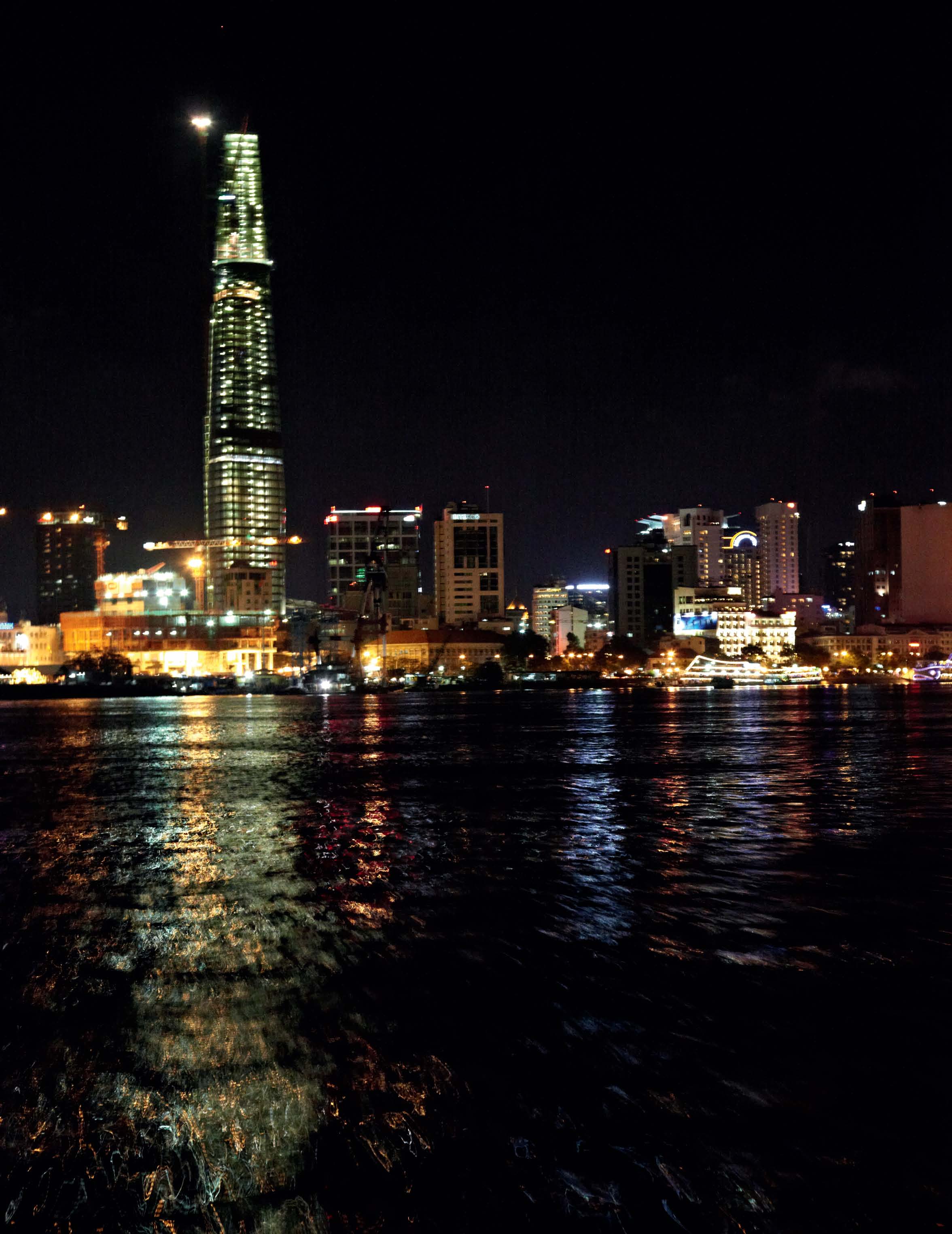
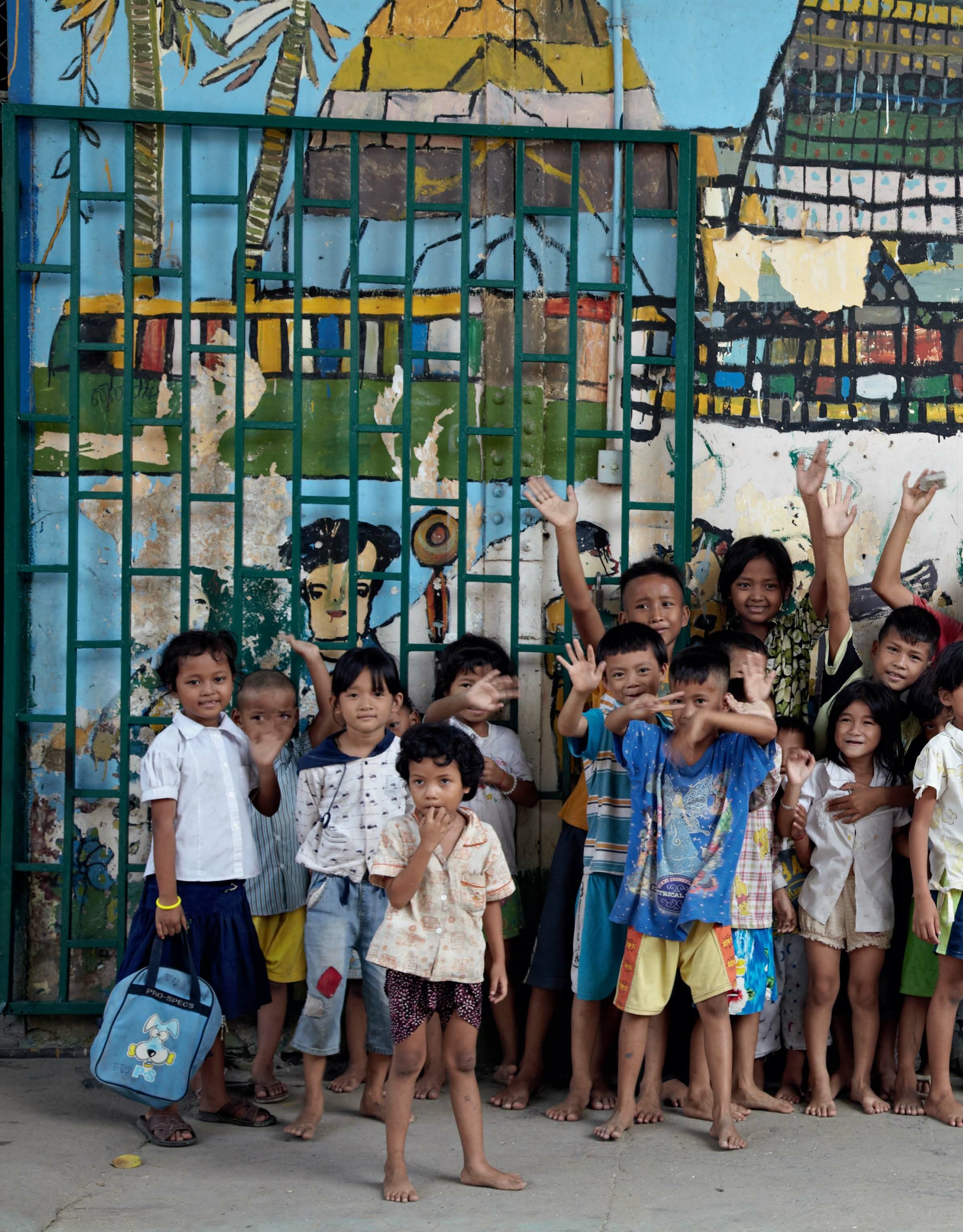
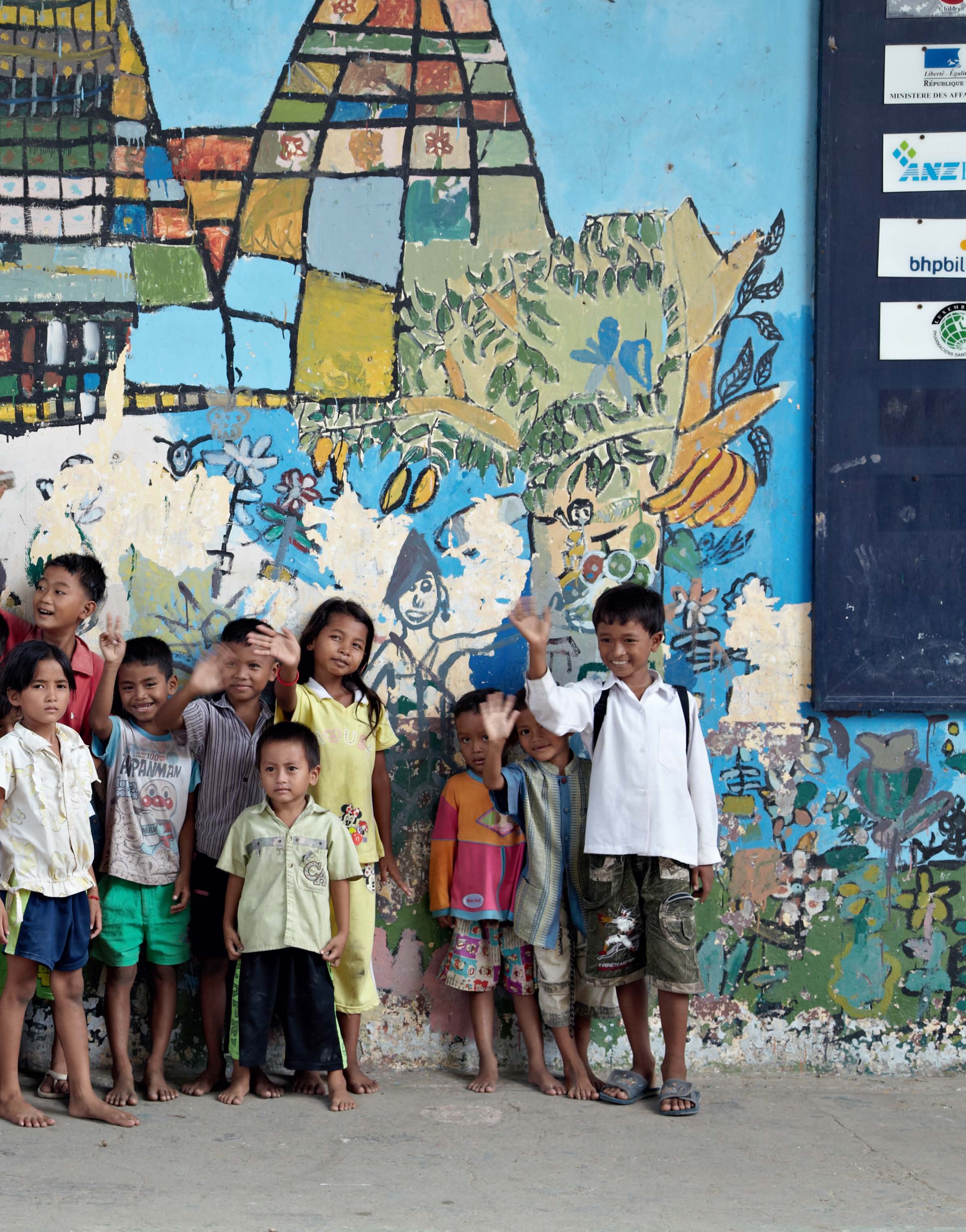
Malaysia
While the cuisine in Cambodia is still on a journey of discovery, that of Malaysia has been evolving for hundreds of years, and it was because of this, and because the country is a large, multi-cultural hub with many different communities and religions living alongside one another, that Malay food seemed the most diverse on this journey.
In this book there are many references to Nonya cuisine in dishes such as ‘Nonya fried rice’ or ‘Nonya fried chicken’. Nonya cuisine is over 500 years old and has its roots in the time when the first Chinese settlers came to Malaysia. As they integrated with the community and married the Malays, so the two cuisines blended and new dishes were created using the influence of both. However, in addition to this Nonya cuisine the food in Malaysia also takes influence from countries such as India, Sri Lanka, China, Thailand and Indonesia.
The island of Penang is regarded as a food Mecca and the culinary capital of Malaysia. There you will find a plethora of street stalls selling Chicken satay (Snacks/appetisers) and Nasi lemak (Meat). Penang is just one big showcase of the food the country has to offer; the ingredients there are fairly Indian-inspired and feature a wide range of spices.
Vietnam
Like its neighbour Cambodia, Vietnam has suffered years of unrest – even before the 20-year Vietnam War. However, as a country it has made great speed in its recovery and over the past 15 years it has begun to show great economic growth.
In terms of their cuisine, the Vietnamese know what they like and stick to it, unlike the Malaysians who are open to change. The people of Vietnam eat the freshest diet of the four countries; just like Thailand and Cambodia, dairy produce plays little part and broths such as Beef pho (Soups) and Hu tieu (Soups) are often eaten five times a day.
Walking down the street in Mui Ne I passed by lots of little roadside cafes, inside which were industrious chefs who spent hours preparing their ingredients. I was told this is very typical, and that the Vietnamese can spend up to five hours washing and chopping vegetables for a dish that would then take only five minutes to cook. The Vietnamese live to eat and cook well.
The Vietnamese are also very adventurous eaters; there is really no limit to what they will consume. I was told by someone that if it moves, they eat it. (I discovered this to be true one night at a restaurant in Ho Chi Minh City where the restaurant’s speciality was serving every part of a snake.) They like to eat incredibly fresh meat that is slaughtered as close to serving as possible. In the northern city of Hanoi I embraced nose-to-tail cooking, preparing pig cooked seven ways, including using the pig’s ears and trotters.
Rice is a major component of the diets of the all the countries I went to, but I have to say that the Vietnamese are masters of using it in more than just in its original form – including as rice noodles or rice paper. I felt incredibly lucky to have met rice farmers in their paddy fields and learn from them how to cook the ultimate rice dish.
My time in Vietnam was inspiring and fascinating; the food there is most certainly fun and different, and it’s both flavourful and full of texture – crispy, crunchy, chewy, silky and soft.
It is fair to say that this Great Escape was a journey of epic proportions, and I feel that I have barely touched the surface of some of the many ingredients and cooking techniques that each country has to offer. What I found extraordinary was that very often delicious plates of food are created in kitchens kitted out with no more than one gas hob or a grill. Their one-pot cooking produces endless curries, soups, stir-fries and relishes that are both inspiring and fragrant.
In Southeast Asia they cook with the seasons and with the freshest of ingredients, which is key to the flavour of so many of their dishes. There is little room for some Western foods in their diet, such as cheese, bread, pasta, butter and milk, and so ingredients such as coconut milk and coconut cream feature heavily in this book as they are used instead of dairy products.
This phenomenal journey was made memorable thanks to the people that I met along the way, and this book is a tribute to them. So many complete strangers shared their stories and recipes with me, and for a brief moment in time each and every one of them helped me to understand their lifestyles and passion for food. I am incredibly thankful to them, and grateful that with their help I can bring a taste of their world into our Western kitchens.
Конец ознакомительного фрагмента.
Текст предоставлен ООО «ЛитРес».
Прочитайте эту книгу целиком, купив полную легальную версию на ЛитРес.
Безопасно оплатить книгу можно банковской картой Visa, MasterCard, Maestro, со счета мобильного телефона, с платежного терминала, в салоне МТС или Связной, через PayPal, WebMoney, Яндекс.Деньги, QIWI Кошелек, бонусными картами или другим удобным Вам способом.



